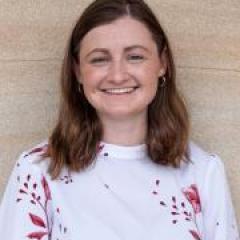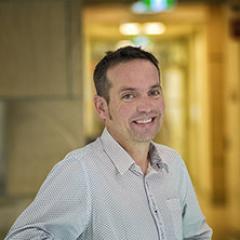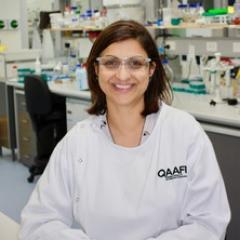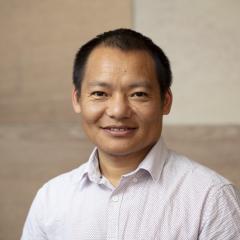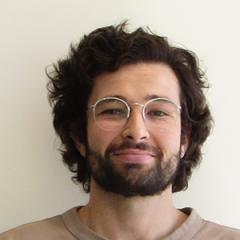Identification and exploitation of genome landing pads for cattle.
Full title
Cleared for recombination – identification and exploitation of genome landing pads for cattle.
Aim
The aims of this project are:
- To identify sites within a non-model organism (bovines) that can be used to facilitate predictable, sustained, and controlled transgene expression.
- To develop cell lines for bovines which have inducible CRISPR-Cas9 expression cassettes inserted into landing pads to facilitate controlled gene editing.
- To demonstrate the capacity of induced CRISPR-Cas9, in combination with custom guide RNAs, to specifically edit gene(s) to modify a phenotype in a non-model organism.
Brief project outline
To date the systematic application of gene editing of mammalian genomes has been limited to humans and model organisms. In economically important species such as cattle, the application of gene editing has been limited to manipulation of a single gene or locus. The aim of this project is to develop the tools required to fully exploit the potential of genome editing in a non-model organism (bovine) to accelerate the development next generation livestock. Genomic landing pads are locations within the genome where transgenes can be inserted for stable and sustained/controlled expression. To date no landing pads within the bovine genome have been identified to enable the systematic application of genome editing in this species. This project will address this important knowledge gap.
Genomics-based innovative aspect of proposal
With the recent emergence of gene editing technologies we now have the tools required to being accelerating the development of the next generation of livestock. We are currently in the process of the concept of “pathways to phenotype” to underpin the development of next generation livestock. An integral component our approach is to maximise the likelihood that new livestock phenotypes generated have minimal impediments to commercialisation. A key consideration in this process the current regulatory framework surrounding gene editing in animals. Organisms with gene edits that were repaired non-homologous end repair, referred to as SDN-1, are not considered to be genetically modified organisms (GMO). As a consequence, organisms generated in this manner will technically have fewer impediments to commercialisation. To fully develop the “pathways to phenotype” concept we require the capacity to routinely apply gene editing to bovine cells with high and predictable efficiency. We believe one way to do this is to develop bovine cells which are stabile transformed with programable gene editing machinery such as CRISPR-Cas9. To enable the development of this capability, we need to identify sites within the bovine genome which can be used for stable insertion and expression of transgenes. Such sites are commonly referred to as either landing sites or safe harbours. This project aims to identify landing sites within the bovine genome for these purposes. Once identified cell lines will be generated with inducible CRISPR-Cas9 expression cassettes inserted into a selected landing sites to underpin future studies in the analyses of bovine gene and metabolic pathways and their associations with phenotypes of interest.
Broad applicability of the technique
The availability of bovine cells with the capacity for inducible and uniform expression of CRISPR-Cas9 would be of interest to many groups across Australia and globally. We have also identified several researchers from across UQ with an interest in these cell-lines and as a result the project outputs will build capacity across the university. The experimental approaches will also be readily translated to other livestock species.


